Today we would like to introduce you to the beautiful city of Trier, located in southwest Germany in the state of Rhineland-Palatinate and considered the oldest city in the country. Trier, once called Augusta Treverorum, was founded by the Romans more than 2,000 years ago and was an important trading and administrative center in the region.
Today Trier is a charming and lively city known for its historical sights, great cultural scene, and vineyards. From impressive Roman ruins and medieval churches to picturesque alleys and cozy cafés, Trier has something to offer everyone. In the following article, we would like to introduce you to our top Trier attractions. Enjoy browsing!
- The most beautiful sights in Trier
- 1. Porta Nigra
- 2. Main Market
- 3. Trier Cathedral of St. Peter
- 4. Church of Our Lady in Trier
- 5. Electoral Palace
- 6. Imperial Baths & Barbara Baths
- 7. South and North Avenue
- 8. Roman Bridge
- 9. Impressive Amphitheater
- 10. Trier Waterfront Promenade & Zurlauben
- 11. St. George’s Fountain
- 12. Post Court
- 13. Karl Marx House and Statue
- Great cafes in the city
- Our accommodation in Trier
The most beautiful sights in Trier
Trier, the oldest city in Germany, is famous for its Roman buildings, including the impressive amphitheater and the Porta Nigra, but also for its medieval churches, the magnificent Trier Cathedral, and the idyllic palace gardens. In the following article, we would like to introduce you to the most beautiful and important sights in Trier and show you some impressive Roman buildings. We have also marked all the highlights for you on the map.
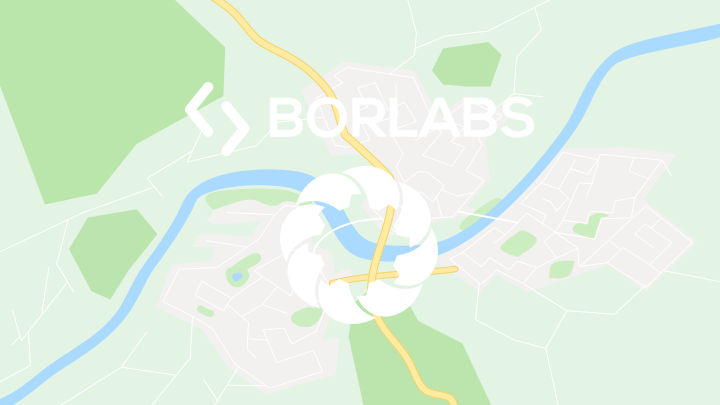
By loading the map, you accept Google’s privacy policy.
Learn more
Load map
1. Porta Nigra
The best place to start our exploration tour is at the Porta Negra, the Black Gate. It is one of the most famous sights in Trier and one of the best-preserved Roman city gates in the world. The imposing building consists of massive stone blocks and was built in the late 2nd century AD as part of the Roman city fortifications.
The Roman city gate Porta Nigra owes its name to the dark color of the sandstone from which it was constructed. Today, the Porta Nigra is one of the most visited sights in Trier and a UNESCO World Heritage Site. You can explore the building from the inside and enjoy impressive views of the city from the towers (admission: €4 for adults).
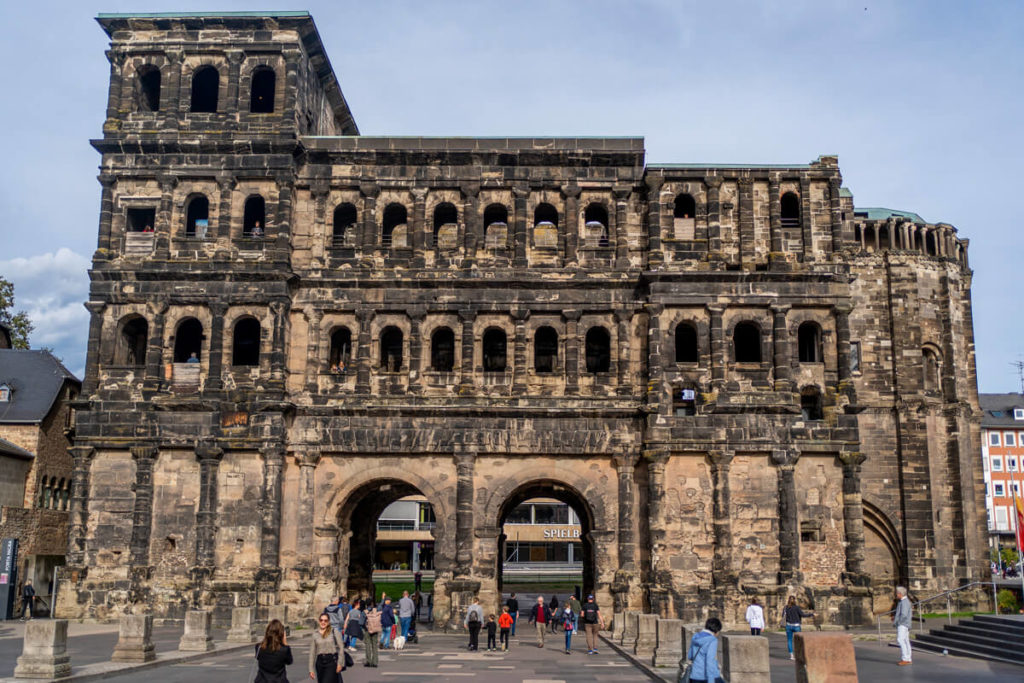
2. Main Market
The market square in Trier is a central square in the old town and is often referred to as the “living room of the city”. Here you’ll find colorful and beautiful house facades from the Renaissance, Baroque, Classicism, and late Historicism periods, decorated with golden stars, gargoyles, oxen, and Madonnas.
Here you’ll also find the St. Peter’s Fountain, created by the sculptor Hans Ruprecht Hoffmann in 1594. A permanent market takes place at the main market from Monday to Saturday, where vendors offer a variety of products, including fresh fruit and vegetables, bread, cheese, and flowers.
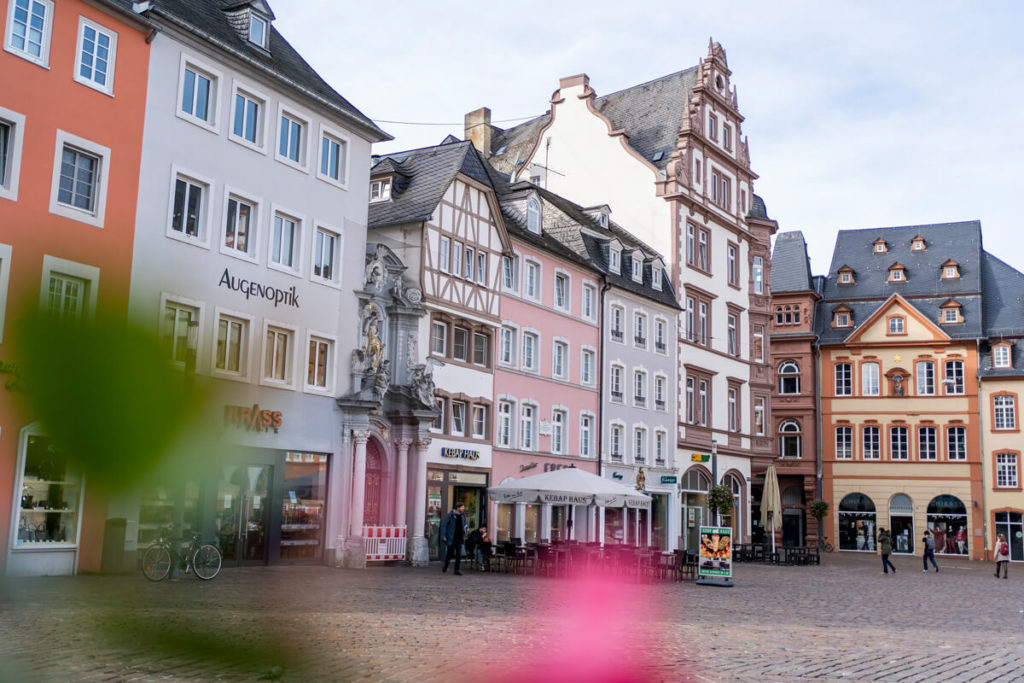
The Main Market in Trier is also an important venue for cultural events and festivals in Trier, such as the Old Town Festival, which takes place every summer. The Trier Christmas Market, which has been held since 1978, is also very popular and attracts large crowds due to its picturesque backdrop.
If you enjoy a glass of wine, you should stop by the wine stand on the Main Market. Wineries from Trier and the region present their finest wines there. The wine stand is open from the end of March to the beginning of November. By the way, you can quickly and easily get in touch with the winemakers on site.
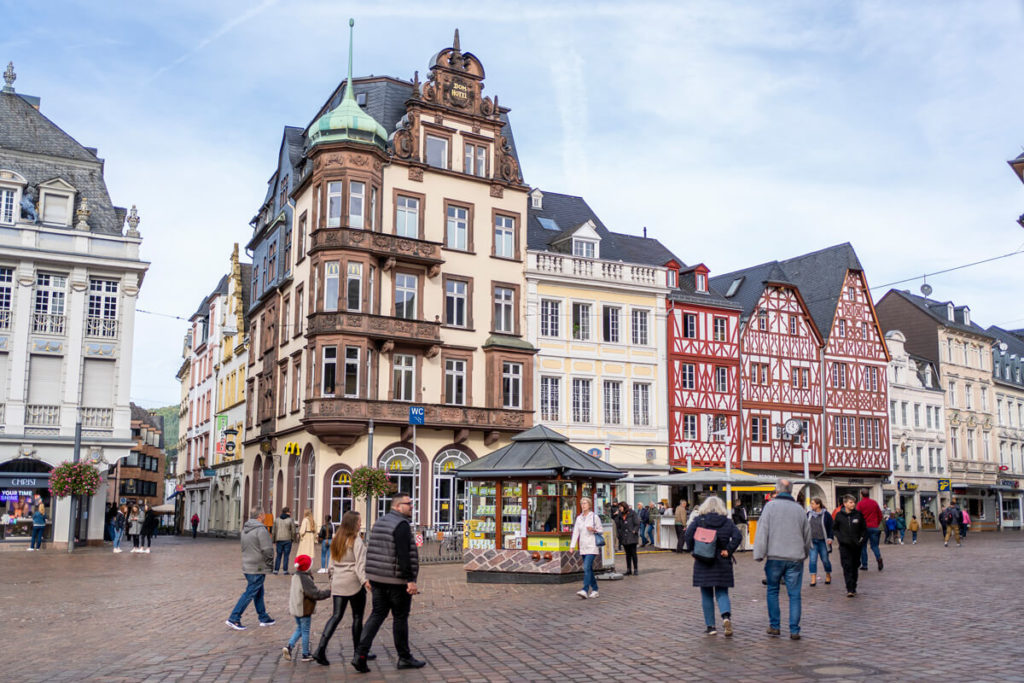
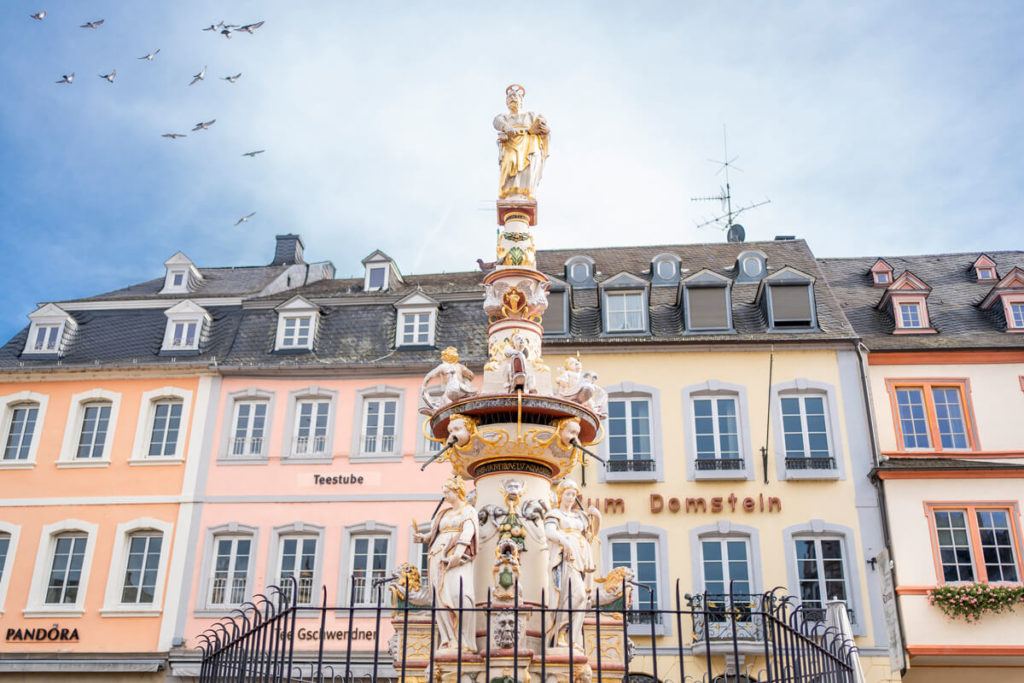

3. Trier Cathedral of St. Peter
Trier Cathedral of St. Peter, also known as the Cathedral of St. Peter in Trier, is one of the most important churches in Germany and a UNESCO World Heritage Site. The church was built as a Roman palace in the 4th century AD and later converted into a church in the 11th century. The cathedral is an impressive example of Romanesque architecture and also contains elements from various other eras.
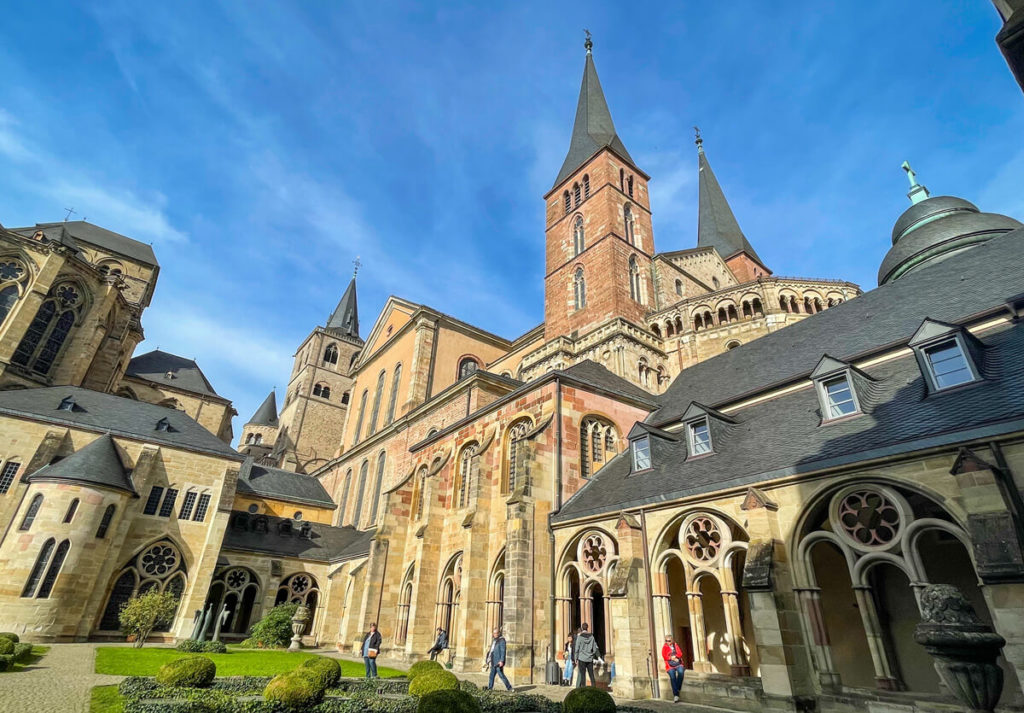
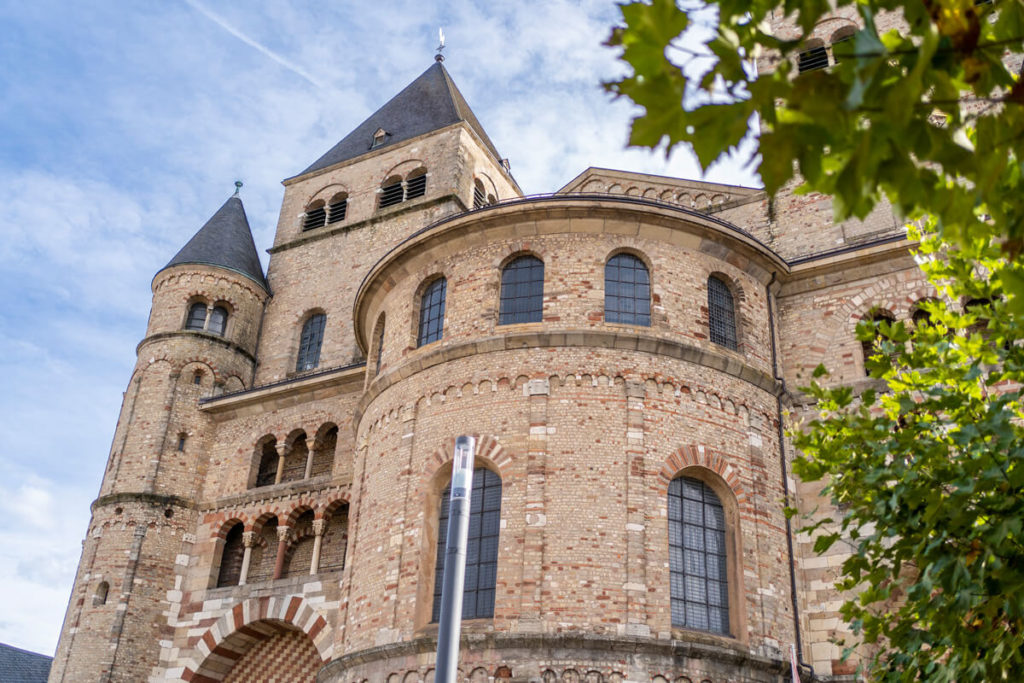
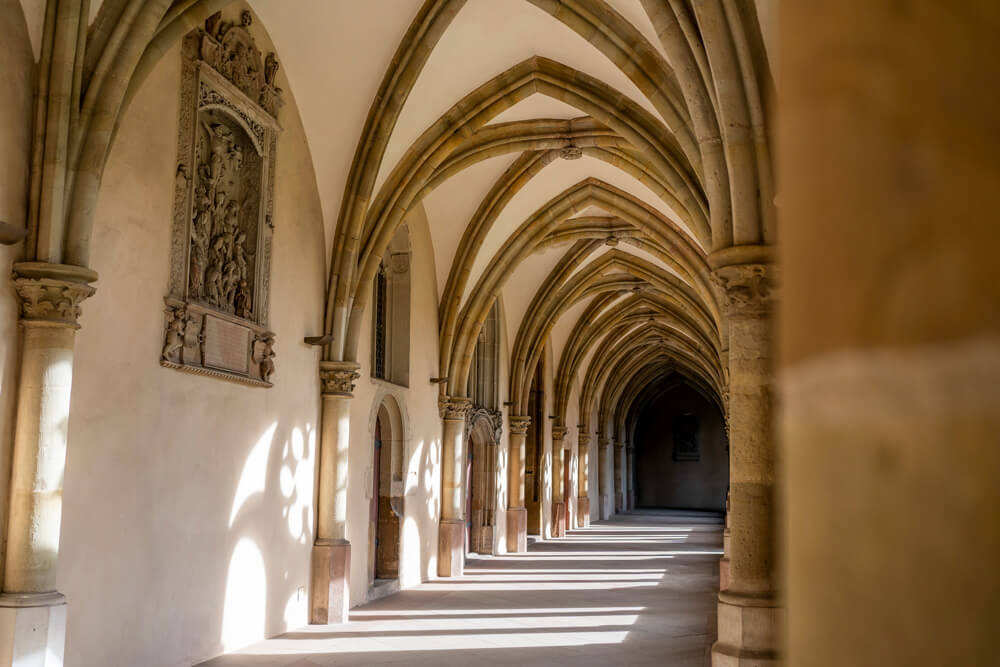
The interior of the cathedral is breathtaking and contains numerous works of art and sculptures from different centuries. Among the most notable features are the Baroque high altar and the Romanesque cloister, which was built in the 12th century and connects the cathedral with the former Benedictine monastery of St. Maximin. The garden is particularly idyllic and is a good place for a break.
4. Church of Our Lady in Trier
The Church of Our Lady in Trier is one of the oldest churches in the city and is located right next to the cathedral. The church was built in the 13th century and is known for its Gothic architecture and impressive works of art. The church houses a large collection of works of art and sculptures from various eras, including Gothic altars, Baroque pulpits, and funerary monuments. The Church of Our Lady in Trier has been a UNESCO World Heritage Site since 1986. The garden is a wonderful place to unwind and take a short break from sightseeing.
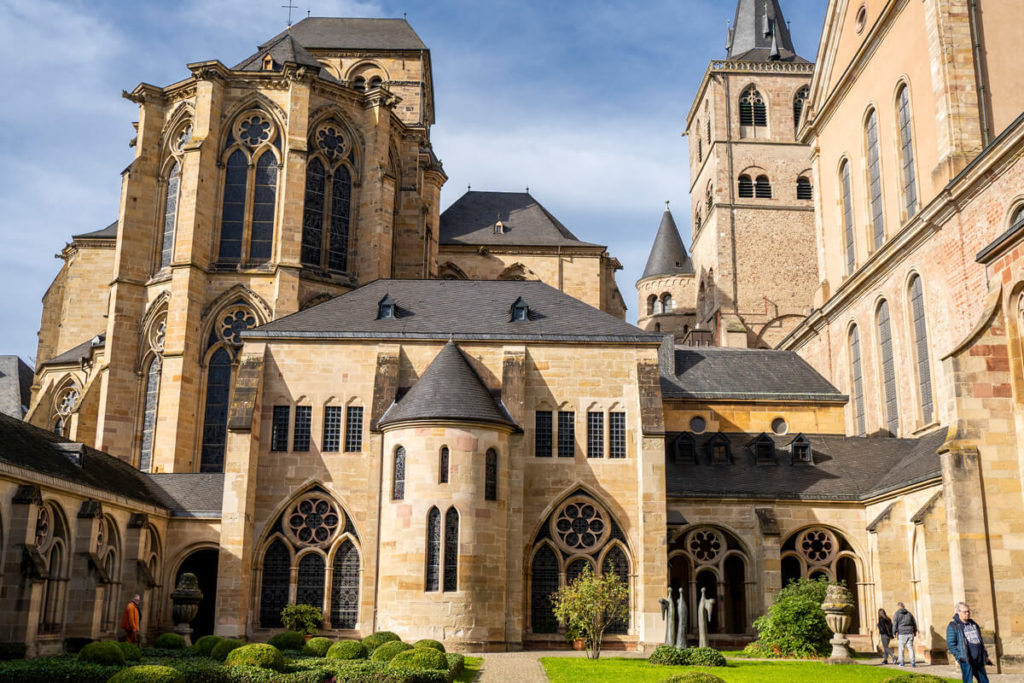
5. Electoral Palace
Not far from the Cathedral and the Liebfrauenkirche is the Electoral Palace, which was built in the 17th century by order of the Elector of Trier in the late Renaissance style and served for a long time as the residence of the Electors. The palace is designed in the Baroque style and features a magnificent courtyard and a huge garden.
This beautiful palace garden with benches and statues has been freely accessible to the public since the beginning of the 20th century. Since 2000, the Electoral Palace has been used as the headquarters of the Supervisory and Service Directorate (ADD). Next to the palace garden is the Rhenish State Museum of the city of Trier.
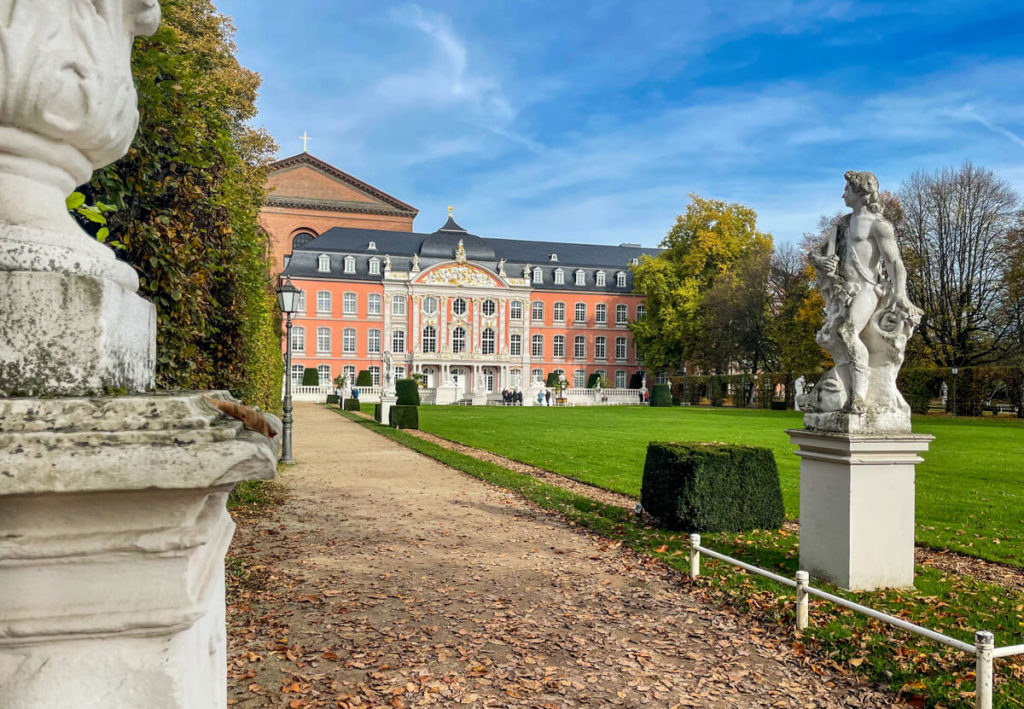
6. Imperial Baths & Barbara Baths
The Imperial Baths and Barbara Baths in Trier are two impressive ancient bathing complexes from Roman times. They are among the city’s most important historical sights. Built in the 4th century AD, the Imperial Baths were once among the largest bathing complexes in Trier. They boasted impressive architecture, including large halls, domes, and mosaic floors. Today, the Imperial Baths are an important example of Roman architecture and a popular destination for history buffs. Admission is €4 for adults.
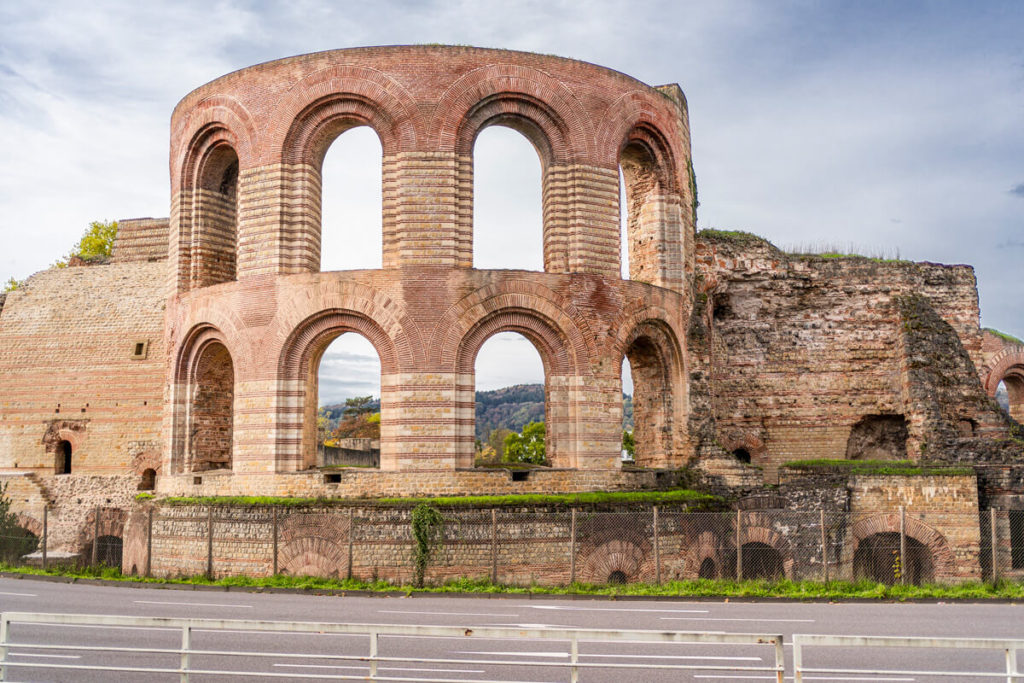
The Barbara Baths, built in the 2nd century AD, once covered approximately 42,000 square meters, making them the largest thermal bath complex in the entire Roman Empire outside of Rome. The Barbara Baths also boast impressive architecture, including a large swimming pool, a sudatorium (sweat room), and numerous rooms for bathing and wellness treatments. You can explore the one-third excavated remains of the thermal baths for free via a visitor’s walkway.
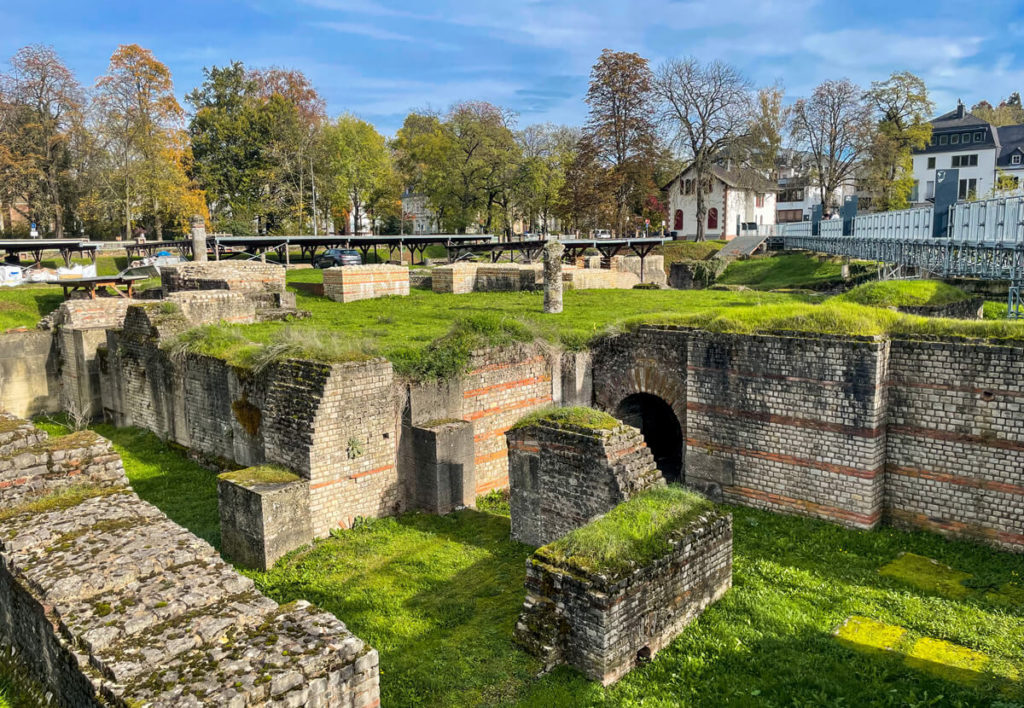
7. South and North Avenues
The South Avenue and North Avenue are two important streets in Trier, winding along the old fortress moat. The streets are lined with numerous historic buildings and green spaces and offer beautiful views of Trier’s old town. The North Avenue stretches from the Porta Nigra city gate to Lindenstrasse and is known for its magnificent 19th-century villas and townhouses.
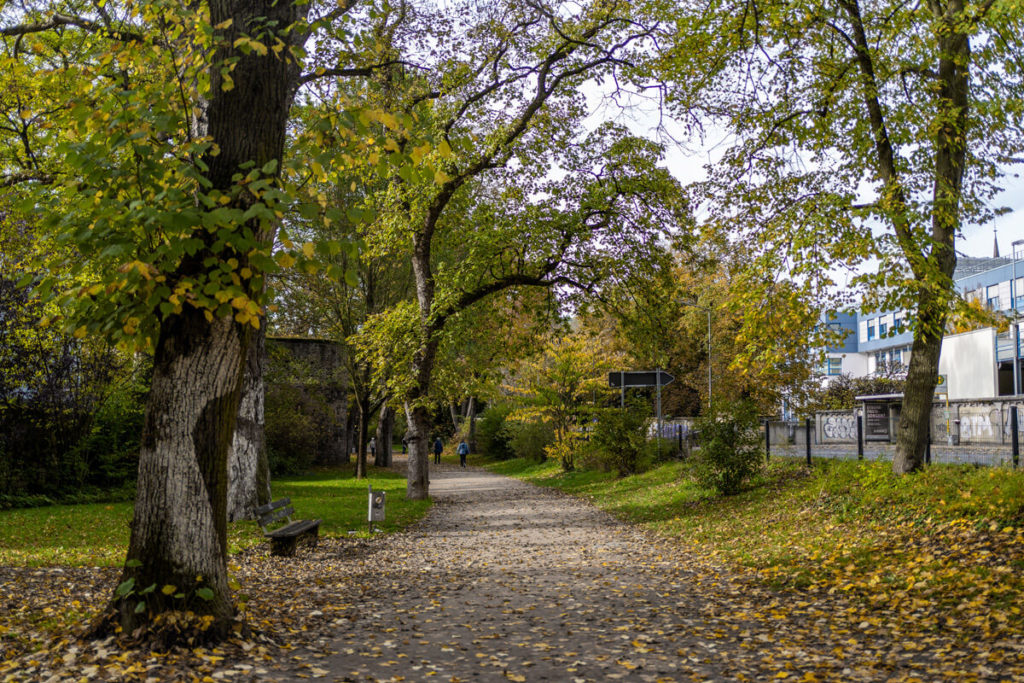
The Südallee, on the other hand, leads from the Palace Garden to near the Roman Bridge and is also known for its impressive architecture from the 18th and 19th centuries. Both avenues are surrounded by numerous green spaces and parks that invite you to stroll and relax. The avenues are an important part of Trier’s cultural heritage and help preserve the city’s unique flair and beauty.
8. Roman Bridge
The ancient Roman Bridge in Trier dates back to the 17th century BC and crosses the Moselle. It is considered the oldest bridge in Germany and has been a UNESCO World Heritage Site since 1986. The bridge is currently 198 meters long and 13 meters wide. Over 14,000 cars drive across it every day, as do cyclists and pedestrians. The view from the Roman Bridge over the Moselle and the surrounding landscapes is very beautiful.
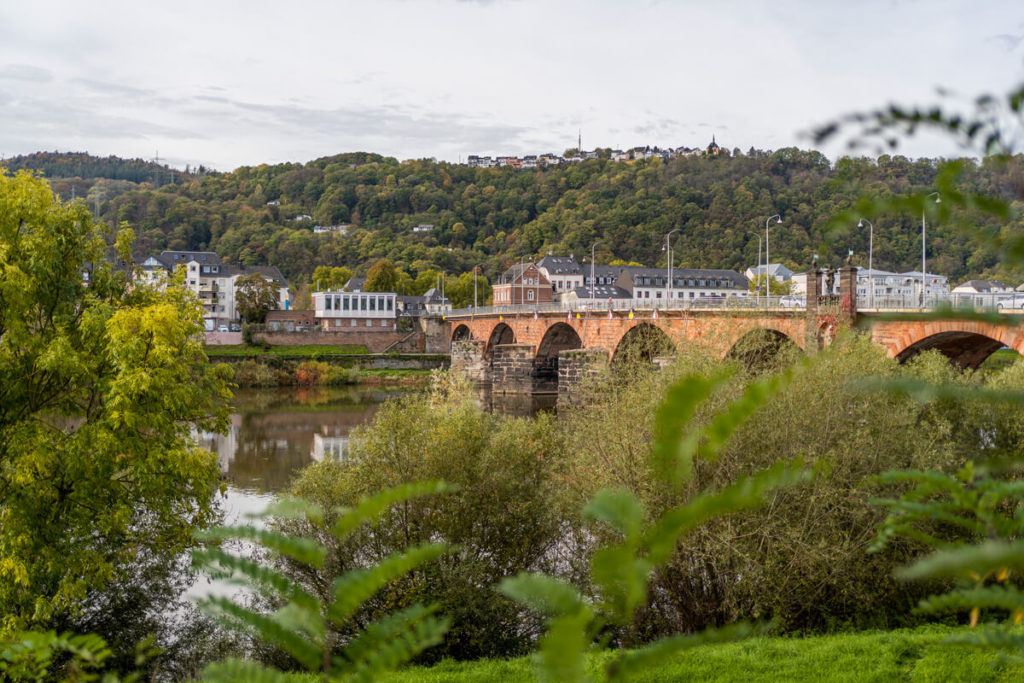
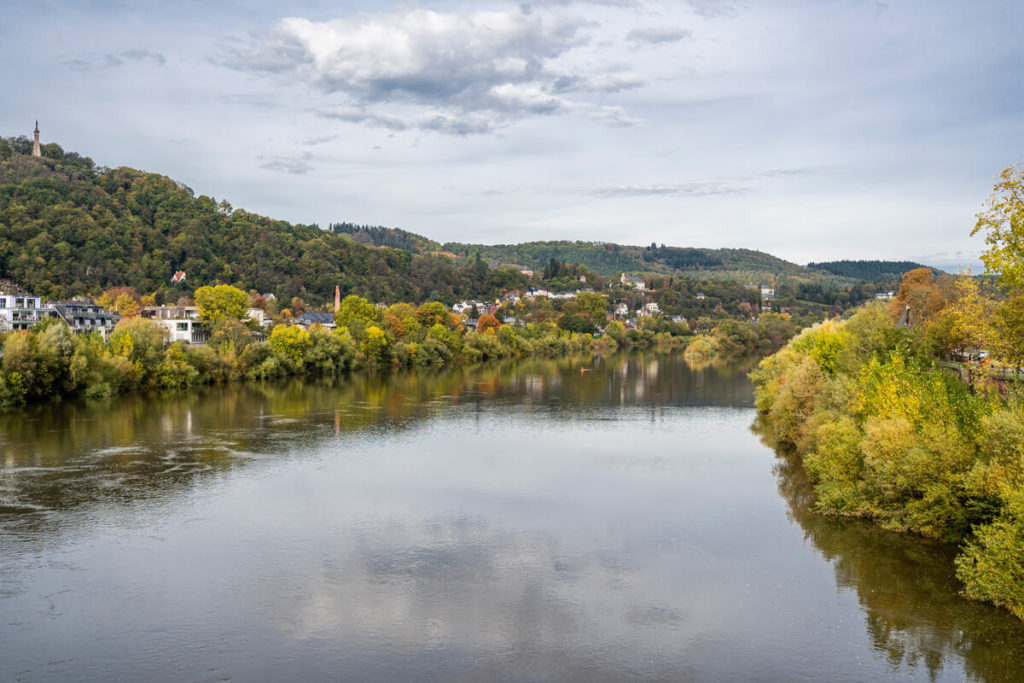
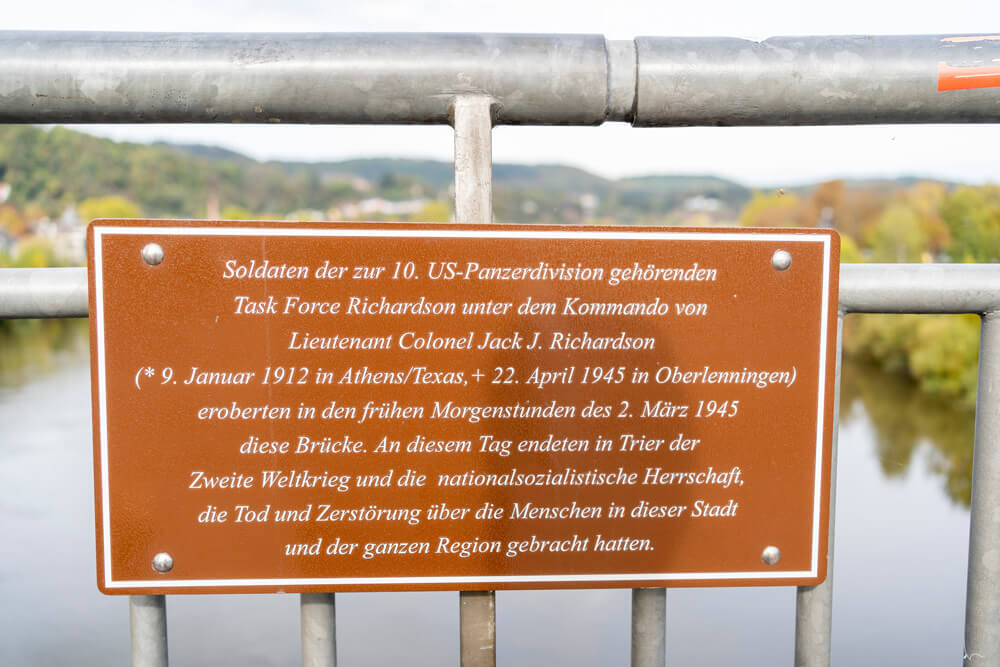
9. Impressive Amphitheater
The Amphitheater in Trier is one of the most impressive Roman buildings in the city and a must-see for anyone interested in history and architecture. With a capacity of up to 20,000 spectators, the amphitheater was once the site of gladiatorial fights, animal hunts, and other public events in ancient Trier. Today, you can visit the well-preserved ruins of the amphitheater, which still give an idea of how impressive this ancient arena must have been.
10. Trier Waterfront Promenade & Zurlauben
On the western bank of the Moselle River, there is a small, charming street lined with colorful fishermen’s cottages dating back to 1800. Here, you will find numerous cozy cafés, restaurants, and wine bars where you can sample and enjoy local specialties with a view of the Moselle. Another highlight of Trier is the picturesque riverside promenade along the Moselle, which is perfect for walking and cycling. You can also take a boat tour on the Moselle and experience the city’s beauty from the water. You can book your boat trip here starting from just €12.
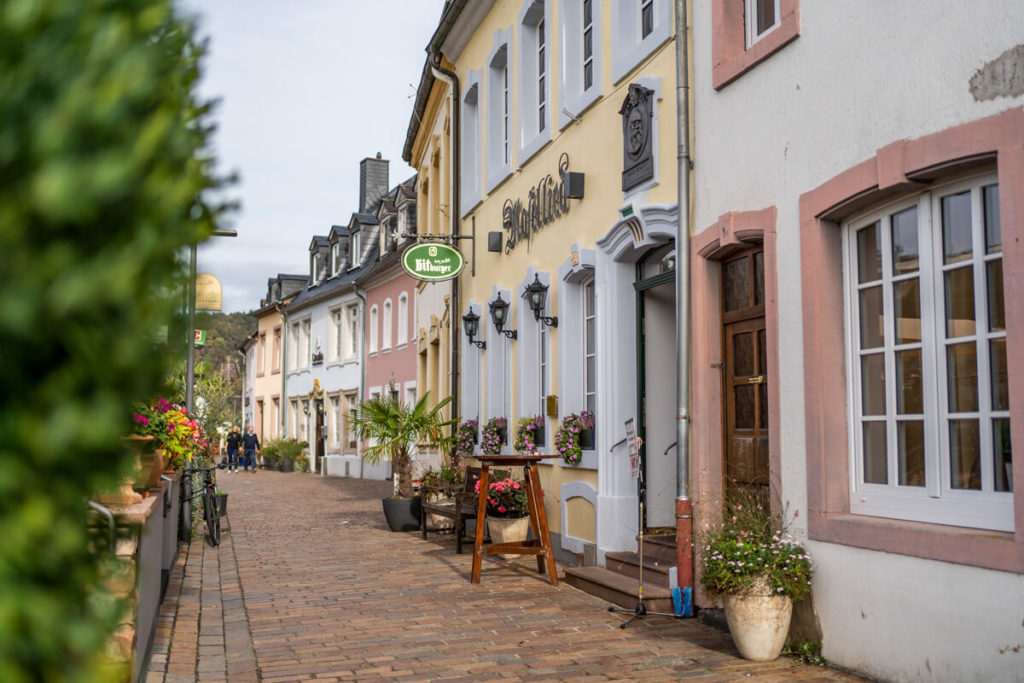
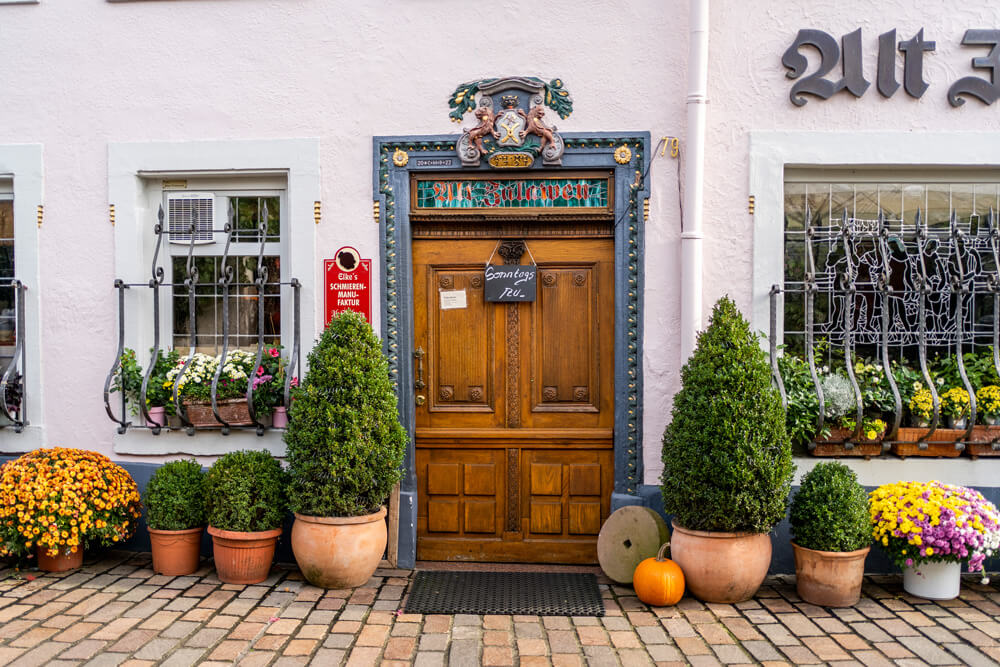
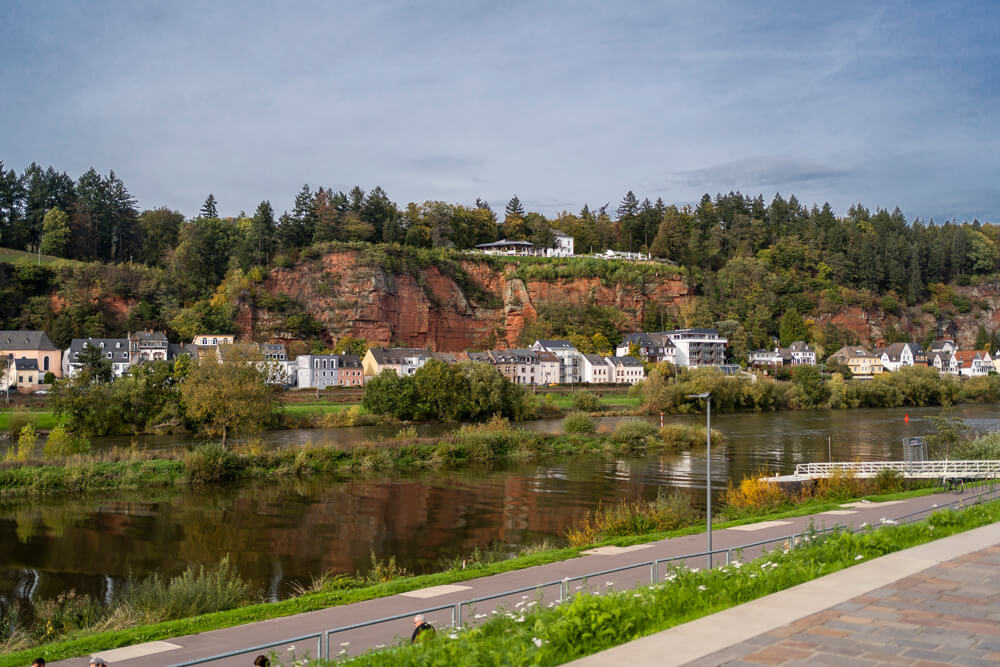
11. St. George’s Fountain
One of the city’s most famous fountains is located in the heart of the charming old town on the Kornmarkt. The St. George’s Fountain was built between 1750 and 1751 according to the designs of court architect Johannes Seiz and dedicated to the sovereign, Elector Franz Georg von Schönborn. Marvel at the mighty base, which bears a column bearing the statue of St. George defeating a dragon with a spear. Today, you can see many locals and tourists sitting around the fountain, relaxing with a cup of coffee.
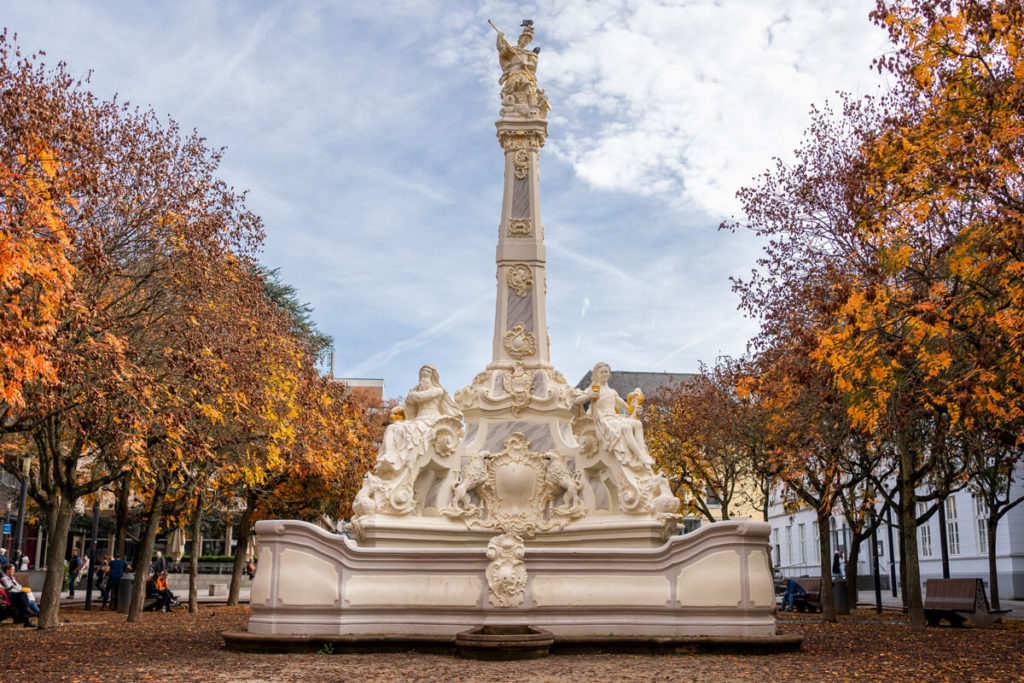
12. Posthof
Directly opposite the St. George’s Fountain is the historic Posthof, which was built as a post office in the 18th century. The building’s neo-baroque sandstone façade has been preserved to this day. Here, you’ll find various shops, offices, and companies based in the Posthof. In the backyard are the ibis Styles Hotel, the L’Osteria, and the cool Café Cupcake Kitchen.
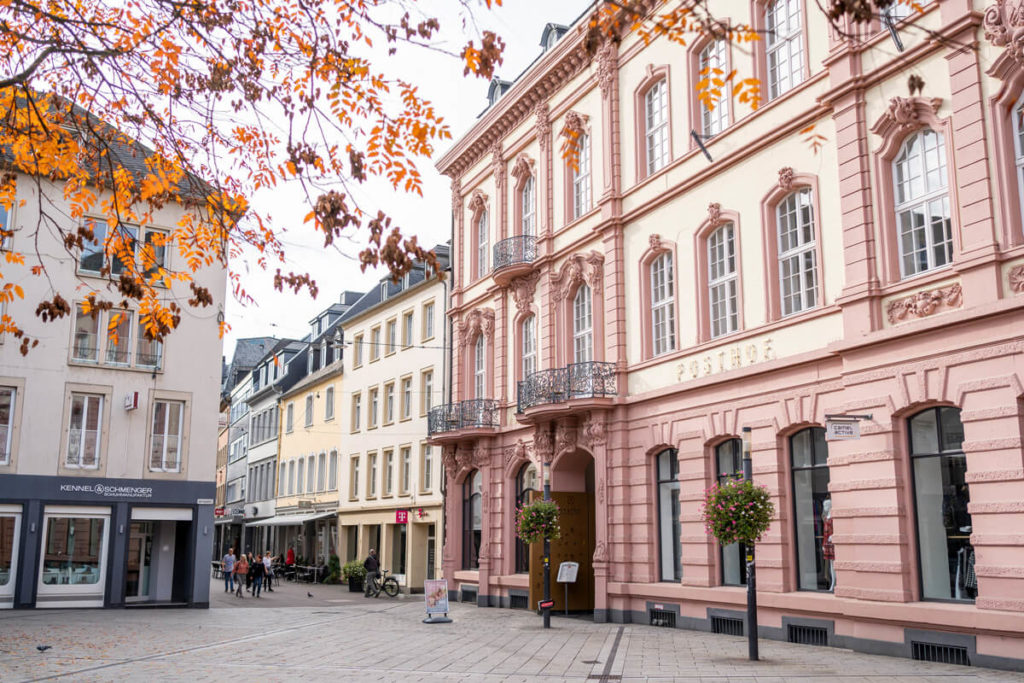
13. Karl Marx House and Statue
Did you know that Karl Marx was born in Trier on May 5, 1818? He is one of the most famous philosophers, economists, and revolutionaries in world history. In the Birthplace of Karl Marx, which is now a museum, you can gain insights into his life and works, as well as admire his original writings, books, paintings, and other artifacts. The Karl Marx Museum is open daily from 10 a.m. to 6 p.m. Admission is €5 for adults. Next to the City Museum is a 5.5-meter-high statue of the philosopher, which was erected in 2018 to commemorate the 200th anniversary of his birth.
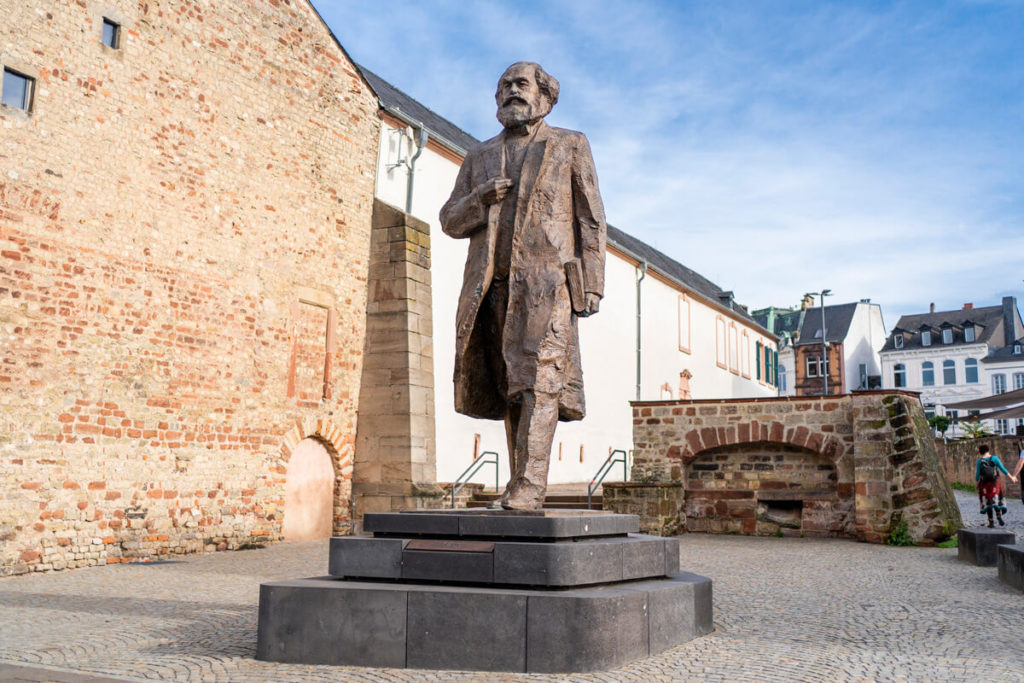
Great Cafés in the City
Of course, between all the sightseeing, you can’t miss out on some culinary delights. We have a few great cafés for you to check out on your next city trip.
Café Mohrenkopf – This cozy café offers a variety of coffee specialties and pastries and is known for its relaxed atmosphere. It is located on the other side of the Moselle.
Café Allerlei: This small café on Neustraße is very cozy and has bagels, soups, cakes, and crepes on the menu. They also offer vegan dishes.
Leanis Café – You can have a really good breakfast at Leanis Café. There you can get not only bowls, cakes, and good coffee, but also huge breakfast platters with lots of delicious things.
Cupcake Kitchen: This café specializes in handmade cupcakes and other sweets. The café is located in the historic Posthof building.
Hashtag Café Trier: The Hashtag Café is a popular café in Trier, known for its modern atmosphere and creative food and drinks. Vegetarian and vegan dishes are also available here. The café is located on Sichelstraße.
Balott Coffee & Factory: We found what we consider to be the city’s tastiest flat white there. The small café is located near the St. George’s Fountain.
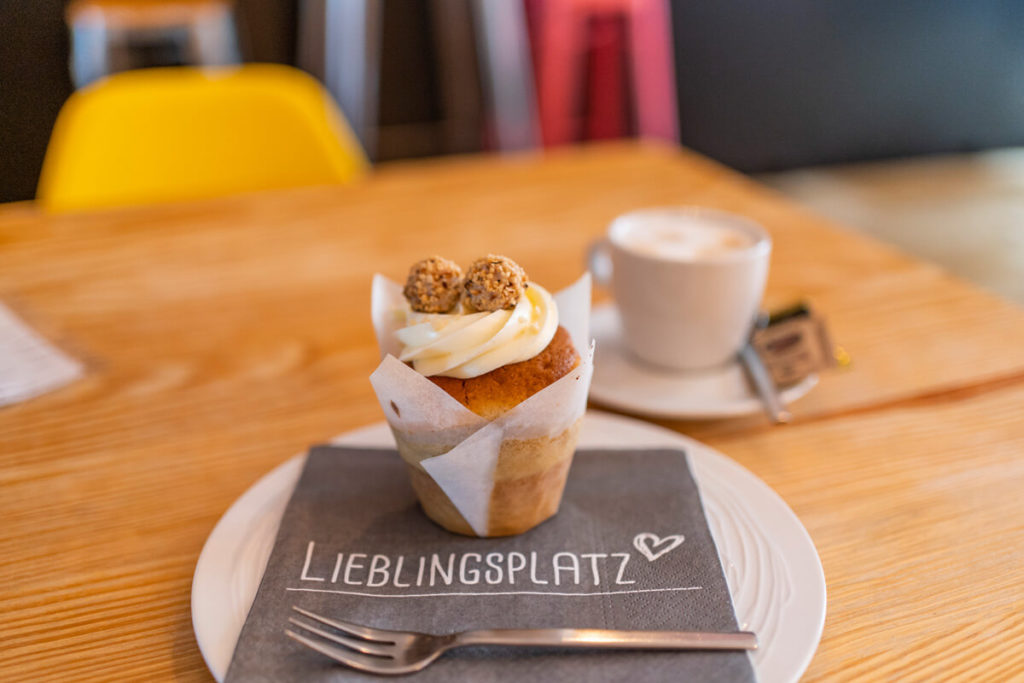
Our Accommodation in Trier
We stayed for two nights at the modern Ibis Styles Hotel Trier*, located in the former post office building. It is also close to many of the city’s attractions, such as the Porta Nigra and Trier Cathedral. We booked a double room, which was comfortably furnished with cozy beds, a desk, a TV, and a bathroom with a shower.
The hotel also features a reception, a small lounge with a bar, private parking, and a fitness room. A continental breakfast is included in the price and is served every morning at the hotel. If you’re looking for a very central but affordable hotel, the Ibis Styles Hotel is just the thing! Book your room here*.